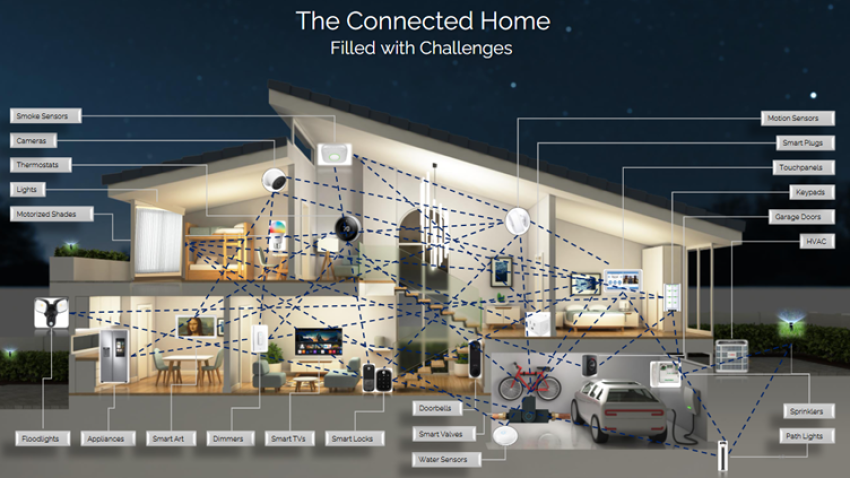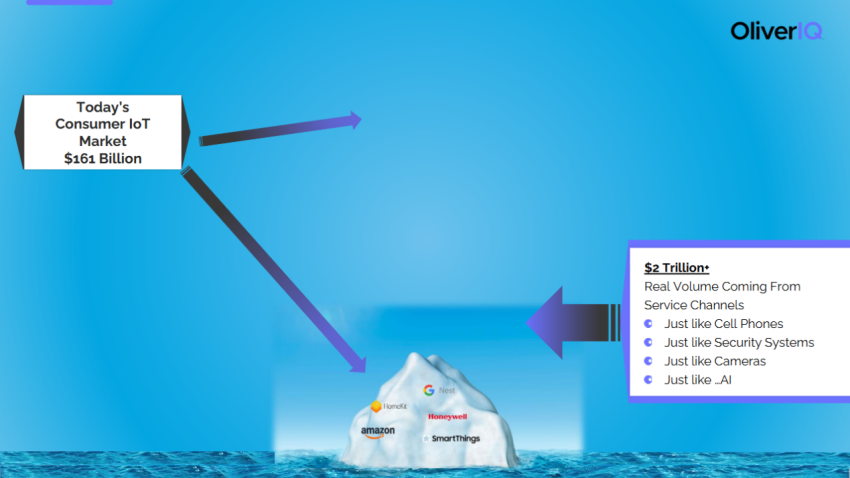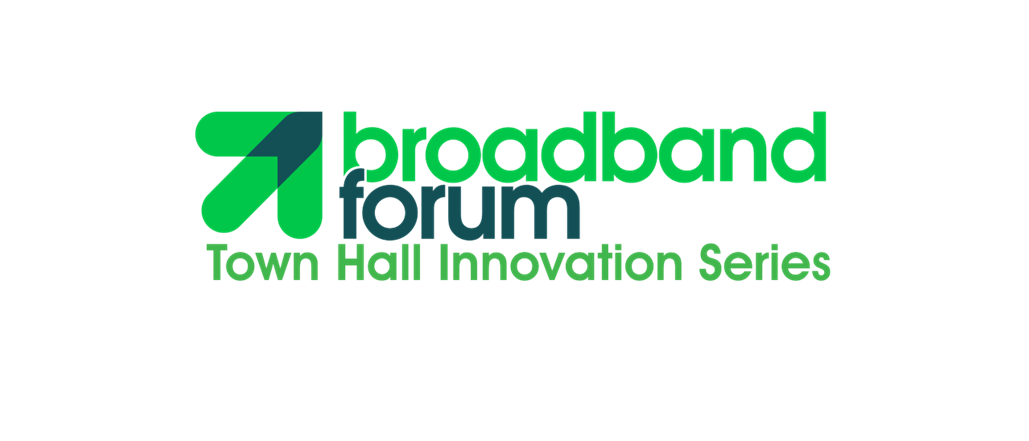 “A home doesn’t become smart until things in the home talk to each other,” said Eric Smith, Co-Founder & CTO of OliverIQ as he told his San Diego audience what it is that differentiates a few connected devices from a true smart home.
“A home doesn’t become smart until things in the home talk to each other,” said Eric Smith, Co-Founder & CTO of OliverIQ as he told his San Diego audience what it is that differentiates a few connected devices from a true smart home.
The importance of devices in the home talking to each other is how they help deliver what the consumer wants. Smith identified those wants as security and safety, protection, comfort, convenience, entertainment, and efficiency. Customers want their homes to offer more experiences and work better.
While this smart or ‘intelligent home’ of devices talking to each other is filled with opportunity, actually making them talk to each other as a ‘connected home’ is full of challenges. The multitude of different brands’ smart devices on the market and the differing standards for consumer electronics makes it hard to get them to work in a seamless way. And if customers want a smart home today, Smith said, the options are either expensive (e.g. a custom install of an integrated system), specific (a smart security offering), or too complex (a DIY, self-built set-up).

The smart home, instead, should be offered as a managed service that consumers know will work and, when it doesn’t, they’ll have support to contact. Smith believes that ISPs are best-positioned to do this. They already have a relationship with the consumer and presence in the home’s connectivity infrastructure. They already have monthly billing and support arrangements in place through broadband provision.
This could be delivered with an app for the consumer that would discover new devices automatically. If the consumer already has devices in the home, the ISP can push software to a central platform on the router to discover them and start offering automations. The backend would be connected to ticketing, services schedules, and a CRM.
The ideal equation bringing this together is: AI + automation + service. Smith told the audience that AI is a very important interface for the home. Even ChatGPT itself says so too. But you can’t be the ‘AI of the home’ if you don’t have connectivity to the sensors and the devices in the home to actually manage things. When the devices are integrated, with the sensors tied into AI and there’s a services backend, a customer can either troubleshoot or AI will help fix or look into issues itself.
The timing for ISPs to start delivering this or “smart home as a service” subscription couldn’t be better, advised Smith. Consumers are buying IoT devices and services at scale, they’re aware of AI at scale, and they need support at scale. And while the current smart home market of $160 billion is growing 28% per year, Smith thinks it is much bigger - and is potentially greater than $2 trillion.

And while there is competition in the smart home market, much of it is built for DIY and that is what has been holding it back. ISPs are uniquely positioned and qualified to be the delivery mechanism for the AI-enabled smart home and it has become very cost-effective for them to embrace it.
